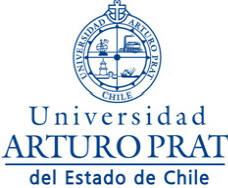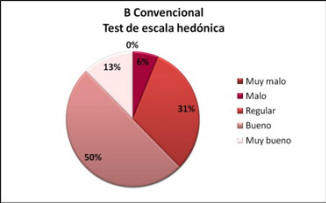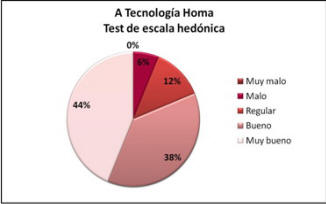 Extract from University Research Report
Extract from University Research Report
UAP (University Arturo Prat)
Iquique, Chile
Agronomist Carolina Morales
Agronomist Cecilia Lara Pol
ASSESSMENT OF VARIABLES IN CROP PRODUCTION OF MELON (Cucumis melo Linnaeus reticulatus group) under two conditions: Conventional farming and Organic agriculture with HOMA TECHNOLOGY
Extract of the CONCLUSIONS:
- The fruits obtained with Homa technology reach a polar and equatorial diameter greater than conventional fruits. But there was not any significant difference (p <0.05) on the thickness of the epidermis.
- The fruits obtained with Homa technology show a greater preference and acceptance than the conventional ones (see figures below).
- The research showed that with organic Homa Farming Technology it was possible to achieve in the cultivation the quantitative and qualitative results within the parameters of production and the required standards for quality. This test is considered a first step for future research to be done, which should focus on physiological mechanisms to give an explanation to the results with this farming technique. It should also consider external factors related to soil, climate and pests among others.
- To show all the benefits that Homa Technology describes, the Agnihotra fires should be practiced in the place of farming and the conventional systems should be far away.
- The test results of the preferential scale for both treatments seen in below figures, show the preference for the Homa Products (treatment A, figure to the right) with 44% acceptance for the classification of Very Good, in contrast with 13% obtained by the Conventional one (treatment B, figure to the left). It is also important to notice that both categories (Very Good and Good) reach 82% with Homa technology while the conventional agriculture reaches only 63%.


